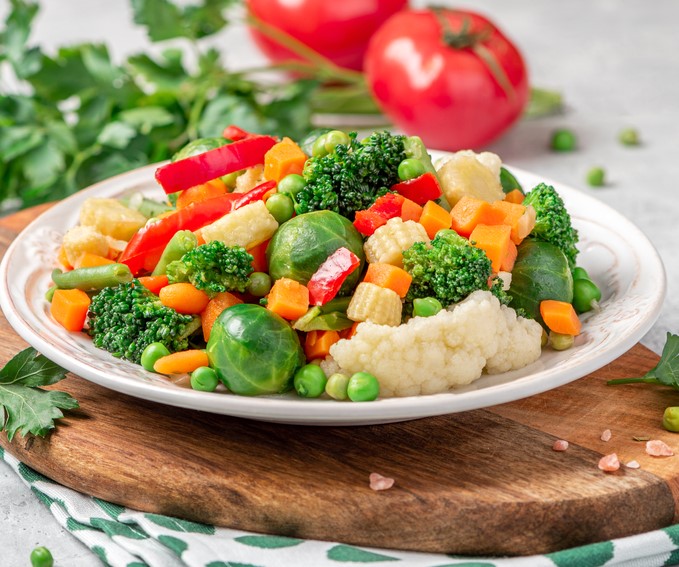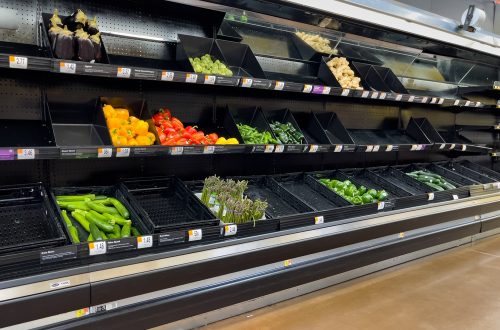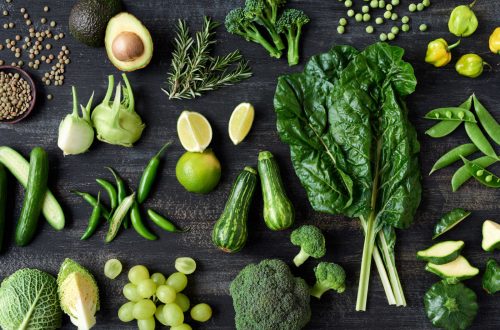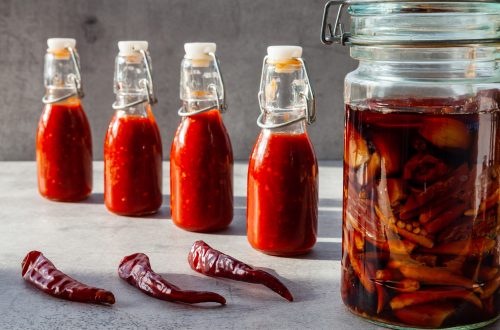
Swweeeeet! Fall Vegetables
From your email, please click on the title to view the photos and comment online. On the Website, you can read past blogs, search for recipes, and browse.
Some time in the next few weeks, we can expect to have our first serious frost here in northeast Massachusetts. In fact, we’re past due. That means that the local vegetables will be done, for the most part. However, there are a few available at the local farmer’s market, usually considered rather lowly vegetables, that I’m including in my menus. That’s because these cooler temps prompt some plants to produce more sugar to counter the first frosts.
And not only do they taste richer and sweeter, they’re also good for your gut health. I’m talking about cabbages, carrots, brussels sprouts, beets, broccoli, and cauliflower. Some vegetables use this special trait to survive light freezes – bok choi, lettuce, cauliflower, peas, celery, and Chinese cabbage. Others, including broccoli, brussels sprouts, beets, cabbage, carrots, leeks, onions, scallions, radishes, and some lettuces, can endure a harder frost.
Brussels sprouts with bacon
I took special advantage of that post-frost sweetness a few years back in an attempt to disabuse Mrs. Farmboy of her dislike of brussels sprouts. I cut the sprouts in half, then cooked several slices of bacon in a frying pan. When the bacon was done, I removed and drained it while slowly braising the sprouts in the bacon fat. When they were lightly browned on the cut side, I added a little chicken broth and covered the pan for a few minutes to soften them a bit. Just before serving, I sprinkled them with the juice of a lime. Mrs. Farmboy was converted, and I have the frost to thank for sweetening those morsels.
How about the other vegetables? Perhaps the easiest solution is to roast them in the oven. That’s especially good for root vegetables and squashes as well as cauliflower and broccoli. You might also consider adding some onions in with the mix. Just cut them into bite-size pieces, all roughly the same size, and place them in a single layer on a sheet pan. Drizzle and coat them with olive oil, season with salt and pepper, and roast them in a 425-degree oven until they soften and caramelize. That’s about 30-40 minutes for root vegetables. Broccoli and cauliflower will be ready in about 20 minutes.
Bite-size bok choy in broth
You could also braise your vegetables, particularly hardy greens such as bok choy, cabbages, or chard. Just sauté some aromatics in a little olive oil, then add your cut bite-size vegetables along with some broth or white wine. They should be ready in about 10 minutes.
Steaming works for broccoli, cauliflower, or baby potatoes. Once cooked in a covered steamer until done, they’re ready to serve, drizzled with olive oil or melted butter.
As for adding a little extra flavor to these vegetables – whether for a main course or a side dish – you can glaze them with some balsamic vinegar or maple syrup. Or you can also sprinkle them with some of your favorite late-season herbs that also have the extra-sugar trait – parsley, sage, or thyme – or add at serving your favorite spice or spice blends such as chili powder or ras al hanout, for example.
Also, you might be able to get some of the last string beans before the frost. Mrs. Farmboy steams the beans for 12 to 15 minutes, cools them, and tosses them with feta cheese, chopped red onion or shallot, and a vinaigrette of olive oil and red wine vinegar. We have them as a main meal or as a side dish with something like broiled chicken.
Trine Hahnemann in her book Scandinavian Comfort Food offers this Root Vegetable Stew as a “quick and rewarding dinner.” She peels and cuts root vegetables – beets, salsify, celeriac, and carrots – into a mix of sautéed onion, garlic, and curry powder and a tablespoon of flour. Then she adds about two cups of water or broth and lets it simmer until the vegetables are al dente – about 10-15 minutes. Then she stirs in a half cup of cream and the juice of half a lime, and serves the stew sprinkled with parsley over rice or boiled grains.
These late-season vegetables may not be the most exciting taste sensations, but they can be pretty sweet. Don’t you think it’s worth a try?
Please click on the headline to view the blog on the website. You can log in and comment at the end of the blog to share your thoughts and start a discussion, or suggest a topic for Farmboy in the Kitchen.
If you’d like to share the blog, click on the Facebook icon or one of the others. Thanks!




